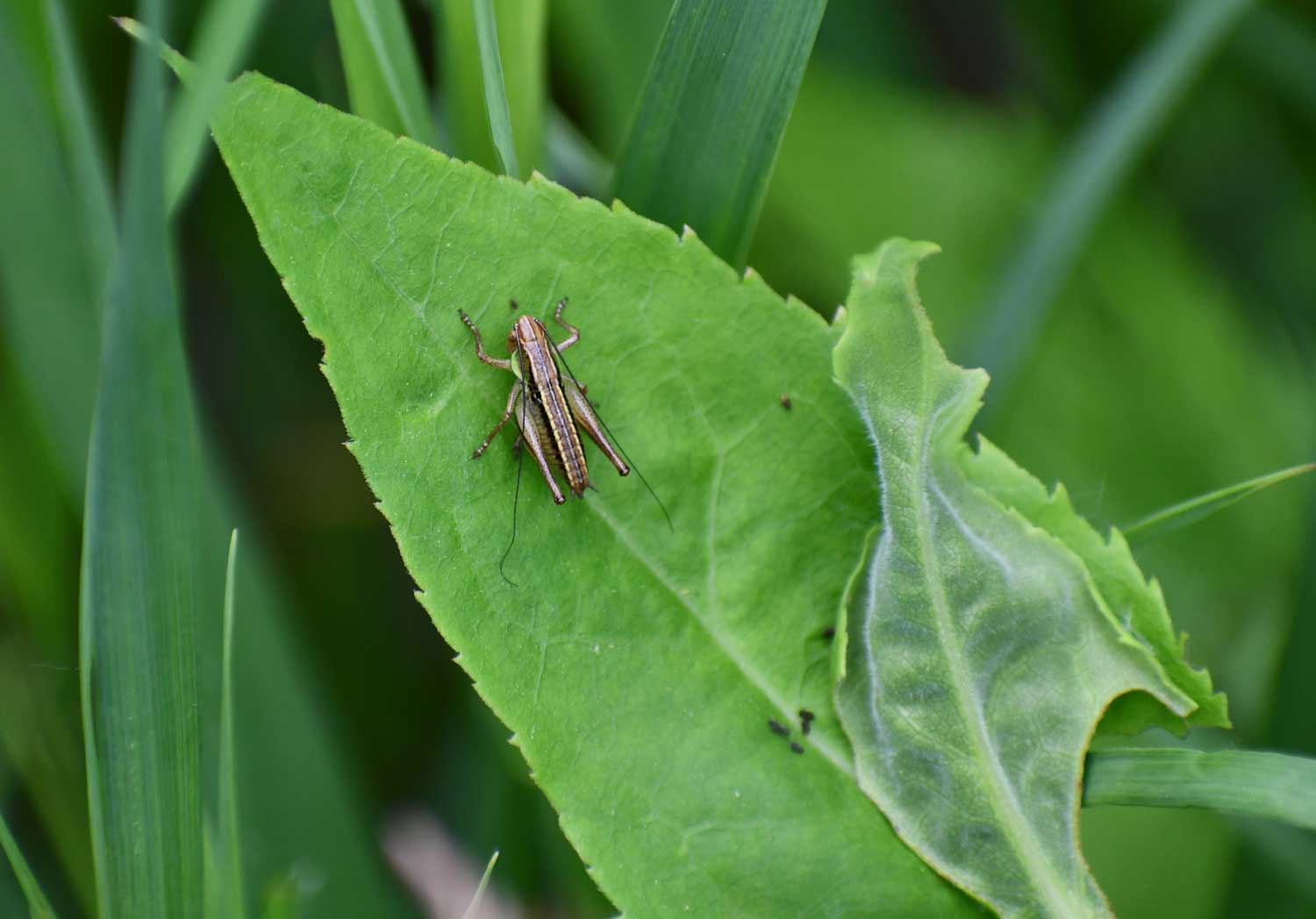Myth buster: Can a cricket really tell you the temperature?

Crickets as thermometers? This might seem more far fetched than many of the nature myths we've already busted, but this one is actually true. You can, in fact, count a cricket's chirps to determine the temperature. There is a little math involved, however, and the resulting answer will give you an estimate of the temperature, but it won't be entirely accurate.
The relationship between temperature and a cricket's chirp rate is known as Dolbear's law after an 1897 publication by Amos Dolbear that first widely brought attention to this phenomenon, according to the National Oceanic and Atmospheric Administration. According to Dolbear's law, temperature in degrees Fahrenheit is roughly equal to the number of cricket chirps in 15 seconds plus 40.
Let's try some cricket math. If you count 22 cricket chirps in 15 seconds, it is roughly 62 degrees, because 22+40=62. If you count 35 chirps, it's about 75 degrees out, because 35+40=75. Based on these simple equations, you can see that crickets chirp faster in warmer temperatures than they do in lower temperatures.
The reason a cricket's chirp rate changes with the temperature is because they are cold-blooded, or ectothermic, meaning their body temperature is the same as that of their external environment. Chirping requires their muscles to contract, and temperature is a factor in how quickly the chemical reaction necessary for muscle contraction can occur, Scientific American reports. Muscles contract faster in warmer temperatures, allowing them to chirp at a more frequent pace.
Dolbear didn't specify what kind of cricket he was listening to when he developed his theory, and chirp rates can vary among species. It is believed, however, that Dolbear was listening to a snowy tree cricket, a species that has earned itself the nickname "thermometer cricket," the NOAA reports.
While cricket math is a useful indicator of the temperature, keep in mind the crickets generally don't chirp when the temperature is below 55 degrees Fahrenheit or above 100 degrees Fahrenheit, according to the University of Nebraska-Lincoln. Plus a cricket's chirping rate can be affected by hunger, age, mating success and competition from other male crickets.
Although we can derive useful, if not exactly precise, information about the temperature from a cricket's chirps, that's not the point of the racket. Only male crickets chirp, and they do it to attract a mate. The process of chirping is called stridulation, and crickets create their signature sound by rubbing their wings together, Scientific American reports. When they want to chirp, they raise their wings, and a structure called a scraper on one wing moves across a structure called a file on the other wing. The process of rubbing these two structures together is similar to what happens when you run a finger along the teeth of a fine-tooth comb.
